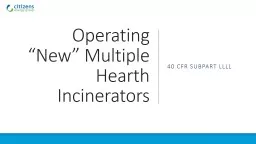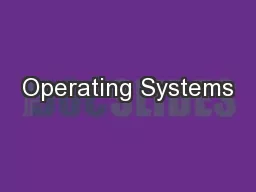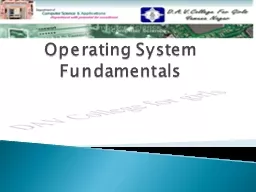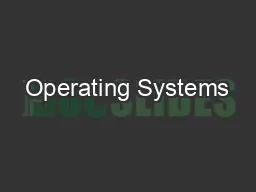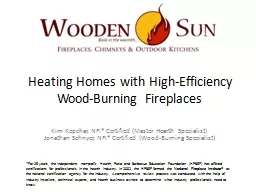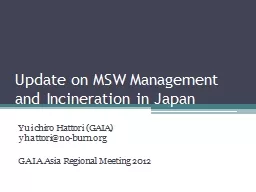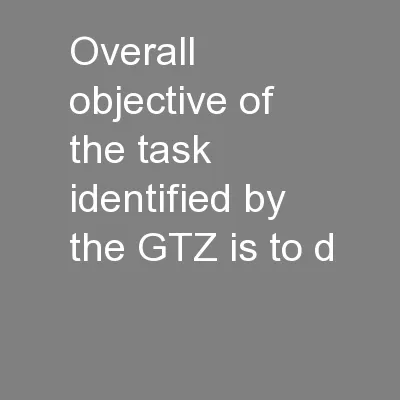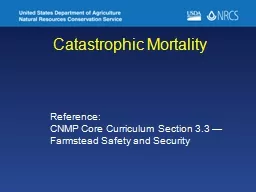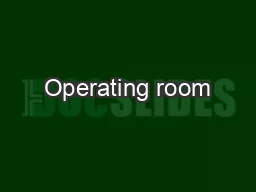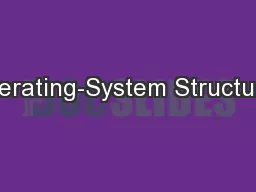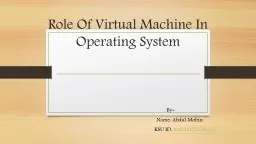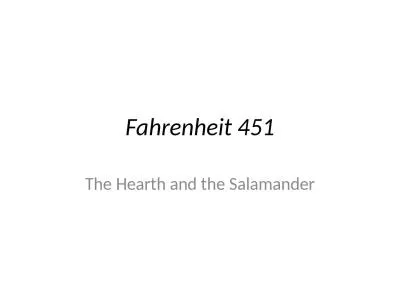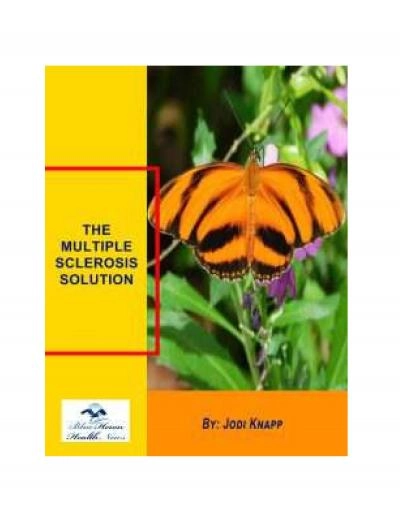PPT-Operating “New” Multiple Hearth Incinerators
Author : liane-varnes | Published Date : 2020-01-15
Operating New Multiple Hearth Incinerators 40 CFR Subpart LLLL New MHI emissions limits 52 PPM CO 210 PPM NO X 24 µ g DSCM Cadmium 35 µg DSCM Lead 45 pg DSCM
Presentation Embed Code
Download Presentation
Download Presentation The PPT/PDF document "Operating “New” Multiple Hearth Inci..." is the property of its rightful owner. Permission is granted to download and print the materials on this website for personal, non-commercial use only, and to display it on your personal computer provided you do not modify the materials and that you retain all copyright notices contained in the materials. By downloading content from our website, you accept the terms of this agreement.
Operating “New” Multiple Hearth Incinerators: Transcript
Download Rules Of Document
"Operating “New” Multiple Hearth Incinerators"The content belongs to its owner. You may download and print it for personal use, without modification, and keep all copyright notices. By downloading, you agree to these terms.
Related Documents

